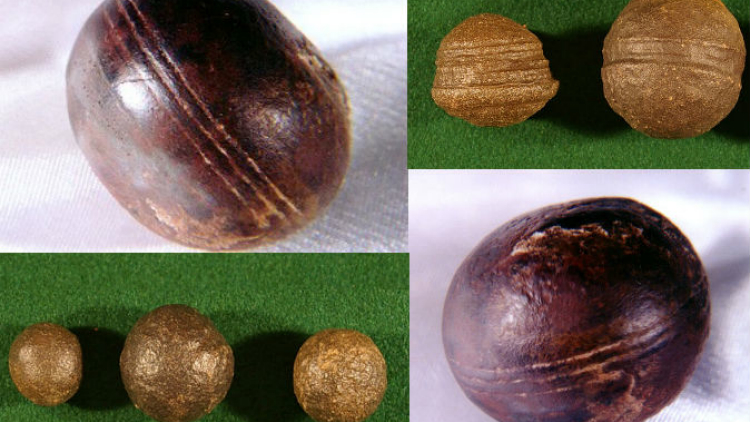2.8-Billion-Year-Old Spheres Found in South Africa: How Were They Made?
By Tara MacIsaac | Jun 05, 2014

The universe is full of mysteries that challenge our current knowledge. In “Beyond Science” Epoch Times collects stories about these strange phenomena to stimulate the imagination and open up previously undreamed of possibilities. Are they true? You decide.
Oopart (out of place artifact) is a term applied to dozens of prehistoric objects found in various places around the world that seem to show a level of technological advancement incongruous with the times in which they were made. Ooparts often frustrate conventional scientists, delight adventurous investigators open to alternative theories, and spark debate.
Spheres found in the mines of South Africa have piqued the curiosity of researchers for decades.
According to Michael Cremo and other researchers of prehistoric culture, these spheres add to a body of evidence suggesting intelligent life existed on Earth long before a conventional view of history places it here.
Cremo has traveled the world gathering information on out-of-place artefacts (ooparts); he compiled his findings in the popular book, “Forbidden Archaeology: The Hidden History of the Human Race.”
In 1984, while investigating the spheres, he contacted Roelf Marx, curator of the museum of Klerksdorp, South Africa, where some of the spheres are kept. Marx described the spheres as being about 2.8 billion years old, with a very hard surface and a fibrous structure inside. He found them quite strange and puzzling.
Marx wrote, according to Cremo: “’There is nothing scientific published about the globes, but the facts are: They are found in pyrophyllite, which is mined near the little town of Ottosdal in the Western Transvaal. This pyrophyllite … is a quite soft secondary mineral with a count of only 3 on the Mohs scale [a scale of 1 to 10 to rank the hardness of minerals] and was formed by sedimentation about 2.8 billion years ago.
“On the other hand, the globes, which have a fibrous structure on the inside with a shell around it, are very hard and cannot be scratched, even by steel. The Mohs scale of hardness is named after Friedrich Mohs, who chose ten minerals as references points for comparative hardness, with talc the softest and diamond the hardest.”
Steel ranks about a 6.5 to 7.5 on the Mohs scale, so the spheres would be harder than that, according to Marx.
Were They Naturally Formed?












